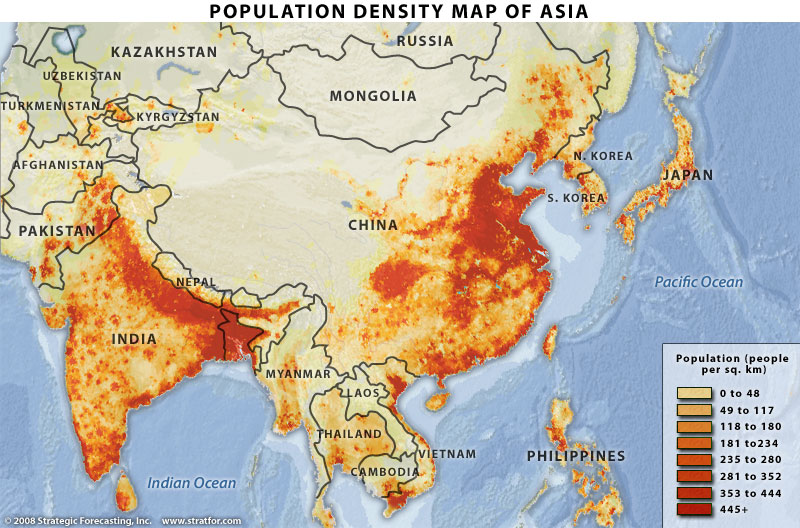Reference Map
Thematic Map
Los Angeles County is located in Southern California. This is one of the most populated counties in the United States. Traffic congestions are very common when traveling in any of the major highways within Los Angeles County. My reference map gives an overview on where the county is located geographically. In addition the reference map provides an overview on how massive the Station Fires spread within the Los Angeles National Forest in 2009. Since Los Angeles County lies within an area where the prevailing winds come from the west it influence the spread of the fires towards the mountain's slopes which are covered with dry brush that fueled the Station Fires of 2009.
In my thematic map, I displayed the most populated places (cities) within Los Angeles County. From the thematic map, only a few of the populated areas are in close proximity within the Station Fires that occurred in August/September 2009. In addition, I also added the major highways in Los Angeles County. The Station Fires occurred in foothills in the northern edge of the Los Angeles metro area. One key aspect that is mentioned is the terrain; therefore, I added a Digital Elevation Model or DEM to show the spread of the Station Fires in 2009. As Captain Mark Savage, spokesman for the Los Angeles County Fire Department: “In this rugged, steep terrain, with this brush as thick as it is, we are having difficulties establishing containment lines where we can make a stand” (Zavis, 2009). The terrain in where the fire originated from made it an obstacle to reach; therefore, terrain of the area must be taken into consideration.
According to the New York Times, “Los Angeles Fire Was Arson, Officials Say,” the fire dubbed Station Fires has burned for a week in the Los Angeles National Forest “the fire had consumed nearly 150,000 acres – an area more than two-fifths the size of the city of Los Angeles – and had become the largest in the county’s history” (O’Conner, 2009). In addition, the fire was fueled by dry brushes, warm temperatures, and steep slopes. The terrain of the Los Angeles Forest created barriers that slowed down firefighter’s response time. Besides the fuel and terrain, the Station Fires spread rather rapidly without the Santa Ana Winds, which usually spread the Southern California’s wildfires. The Station Fires burned down 60 homes and more than 250 square miles. As the days progress, the mountainous area provided the fuel for the fire to continue burning. Towards the lowlands of the northern edge of Los Angeles there are many dry brushes and slopes to aid the fires fuel mechanism. Therefore, in thematic map the Station Fires spread progressively more towards north of the original fire.
Although thousands of residents were evacuated, the winds were light, which prevented the Station Fires to reach nearby communities. In the thematic map, the lowlands residence in the northern edge of Los Angeles homes were saved. One reason, “More than 2,500 firefighters were on the line. More than 20 helicopters and air tankers were preparing to dump water and retardant over the flames” (www.cbsnews.com). Also Southern California is equipped with major highways that allowed firefighters to mobilize quicker to respond to the fires. And winds were not a major factor like previous wildfires being spread by the infamous Santa Ana Winds.
In a special summary of the Station Fires in Los Angeles County, the National Oceanic and Atmospheric Administration website states “Nearly 40 miles (64 km) of the Angeles Crest Highway was closed indefinitely due to fire damage, with repair estimates of $12million USD, according to the California Department of Transportation” (December 2009). The Station Fires did leave its marked in California's fire history as well as leaving homeowners homeless. Besides damaging highways and burning homes, “the fire, which has sent plumes of thick smoke spiraling as much as 20,000 feet into the air, [was] creating its own wind patterns, making it unpredictable” (www.cnn.com). Although residences in the populated places did not loose their homes they were affected by the unhealthy air cause by the Station Fires and had to plan different routes if one other highways were close off.
Reference Sheet
“5 Trapped As Calif. Wildfire Swells.” 2 Sep 2009. http://www.cbsnews.com
“Angry fire’ roars across 100,000 California acres.” 31 Aug 2009. http://acticles.cnn.com/2009-08-31/us/california.wildfires.com
http://www.ncdc.noaa.gov/sotc/fire/2009/13 8 Jan 2010.
O’Conner, Anahad. “Los Angeles Fire Was Arson, Officials Say.” New York Times. 4 Sep 2009.
Zavis, A., Mozingo J., and J. Garrison. “Station fire claims 18 homes and two firefighters.” Los Angeles Times. 31 Aug 2009.














